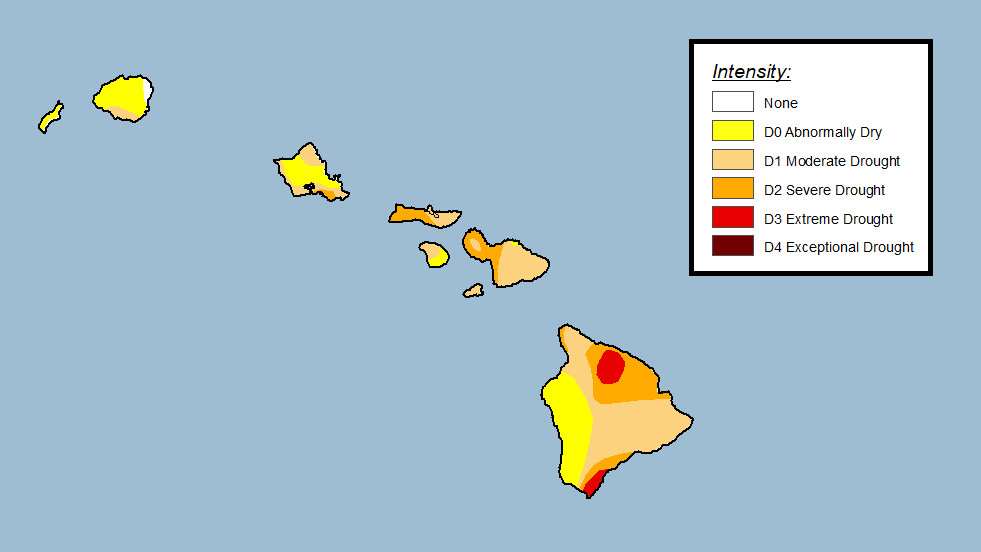(BIVN) – With a La Niña Advisory in effect for the winter, above normal rainfall is likely for the Hawaiʻi wet season, which runs from now through early spring 2026.
The National Oceanic and Atmospheric Administration’s Climate Prediction Center recently released its 2025-26 Wet Season Outlook, reporting that the “climate model consensus supports enhanced probabilities for above normal rainfall through early spring 2026, with the greatest probabilities over the northwestern half of the state”, which is consistent with a cold-season La Niña event.
NOAA’s Climate Prediction Center (CPC) says La Niña conditions emerged in September 2025, and are expected to continue through the January -February 2026 period. Probabilities favor a weak La Niña event. Towards the end of the wet season, a transition to ENSO neutral likely.
Forecasters say rainfall amounts can be influenced by the strength of La Niña.
“Weaker La Niña events have generally favored above normal rainfall during winter in Hawaiʻi in recent decades (since 1980s), with the potential for more weather systems capable of producing widespread significant rainfall,” said the NOAA CPC. “However, weak La Niña events do not necessarily result in Hawaiʻi’s wettest wet seasons on record.”
“Moderate to strong events have favored below normal rainfall in general, with greater trade wind frequency, focusing rain on windward slopes,” the CPC wrote.
Coming out of the dry season, Hawaiʻi island was experiencing widespread D1 Moderate Drought drought, according to the U.S. Drought Monitor map, with pockets of D2 Severe Drought in Kaʻū, Hilo, and Hāmākua.
D3 Extreme Drought conditions persist on Maunakea and the South Point area.
“If the rainfall forecast verifies, anticipate drought conditions across the state to be significantly improved, if not be eliminated, in many areas by the end of the wet season,” the NOAA CPC stated.
The 2025 dry season ranked as the 3rd driest in the last 30 years, forecasters reported.


by Big Island Video News11:43 am
on at
STORY SUMMARY
HAWAIʻI - Climate model consensus supports enhanced probabilities for above normal rainfall through early spring 2026, which is consistent with a cold-season La Niña event.